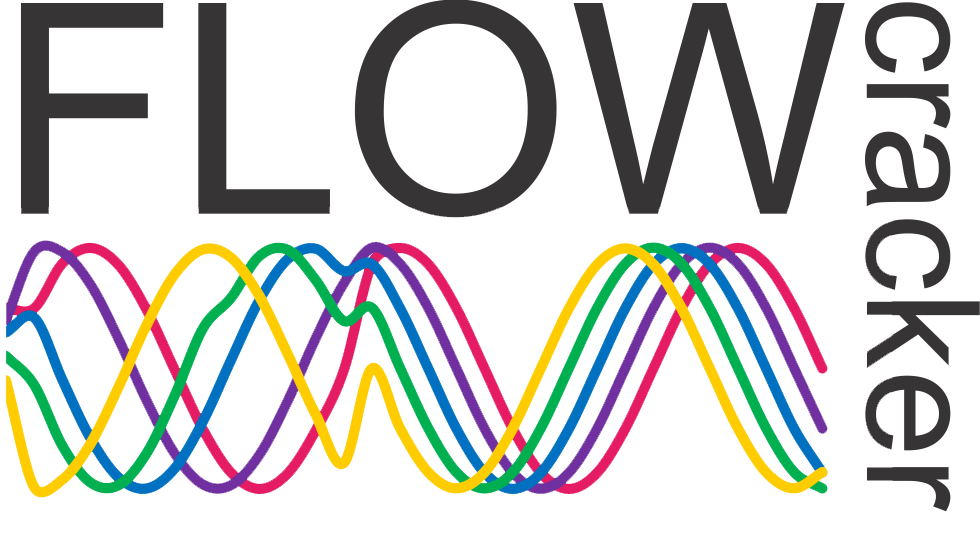
Building Horizontal Leadership Across Your Organization

Building Horizontal Leadership Across Your Organization
The Leadership You Don’t See on the Org Chart
In every transformation, there are two types of leadership at play.
- The first is easy to spot: executives, managers, sponsors, and architects—the vertical roles with formal authority.
- But there’s another kind. The kind that senses where flow is stuck, connects across roles and functions, and resolves issues without escalation. You won’t find it in a RACI chart. But when it’s missing, the drag on delivery is unmistakable.
That’s horizontal leadership—and most frameworks don’t teach you how to see it, support it, or scale it.
This blog unpacks what horizontal leadership is, where it lives, and how to grow it—not as an afterthought, but as a capability woven into how roles and responsibilities play out in real flow systems.
Because if vertical leadership sets direction, horizontal leadership keeps the system flowing.
Why Horizontal Leadership Matters
After years of coaching across industries—automotive, medtech, telecom, energy, and finance—one insight has crystallized:
Teams rarely fail because they lack technical skills.
They stall because flow breaks between roles and silos, and no one feels responsible for bridging the gap.
The strongest teams? They had someone who didn’t just perform their role—they took shared responsibility for flow.
The weakest? Everything escalated up. Coordination collapsed. Ownership vanished.
Horizontal leadership is the difference between managed delivery and self-sustaining flow.
Where Horizontal Leadership Lives: Roles, Functions, and Levels
Horizontal leadership is not a new role. It’s how existing roles take shared responsibility for flow across the system.
🔄 Across Roles: Flow Isn’t Anyone’s Job—Until It’s Everyone’s
- Scrum Masters facilitate beyond ceremonies—they help teams navigate blockers between teams.
- Product Owners align with compliance, marketing, and support—not just tech teams.
- Architects coordinate upstream/downstream implications, not just tech alignment.
- Functional managers support readiness for cross-functional value delivery.
In large enterprises, clear roles are essential. But unless people act on responsibilities that span roles, the system clogs.
🧭 Across Functions: From Departmental Gates to Flow Enablers
- HR becomes a partner in designing Agile teams, not just staffing.
- Finance co-creates funding rhythms that align to delivery cadence.
- Quality & Regulatory shift from oversight to early engagement.
- Procurement enables rather than delays onboarding of external partners.
These aren’t Agile transformations. They are function-enabled flow transformations.
🌐 Across Levels: Flow Leadership Is Needed Everywhere
- Team level: people resolve cross-team blockers without escalation.
- ART/value stream level: Business Owners, RTEs, and Architects share flow oversight.
- Portfolio level: Strategy, funding, and architecture sync in real time.
At every level, horizontal leadership enables continuity across roles and intent.
What Happens When Horizontal Leadership Is Missing?
Flow doesn’t collapse all at once. It degrades gradually, masked by good intentions and isolated delivery.
- A handoff turns into a blocker
- A backlog item loses momentum
- A cross-team dependency becomes chronic
Work “moves” on Jira—but value stalls in the real world.
Without horizontal leadership, teams deliver tasks… but escalate outcomes.
The system functions—but without flow.
How to Spot and Support Horizontal Leadership
You can’t assign horizontal leadership—but you can design systems that support it.
🌱 Psychological Safety
People only lead horizontally when it’s safe to question, suggest, and step across.
- Can a test engineer raise process issues with Product Owners?
- Can a BA challenge siloed decisions?
🧭 Clarity of Flow Responsibilities
It’s not enough to define who owns what role.
We need to ask: “Who owns this part of the flow?”
Use tools like Flow Responsibility Mapping to highlight shared accountabilities across roles.
🔁 Feedback Loops Beyond the Team
Build reflection into the system:
- Are recurring blockers traced and resolved systemically?
- Are dependencies actively owned across team boundaries?
🌐 Vertical Role Modeling
When senior leaders coordinate and reflect together, it gives permission for others to do the same.
Leaders don’t just role-model behaviors—they normalize coordination.
Growing Horizontal Leadership Intentionally
Here’s the shift:
From thinking of roles as rigid handoffs → to designing roles with shared flow responsibilities.
Not “roles or responsibilities.” But roles that embrace flow as part of their responsibility.
🔍 Make Flow Ownership Visible
When senior leaders coordinate and reflect together, it gives permission for others to do the same.
- Identify flow breakpoints in value delivery
- Assign co-ownership across relevant roles
- Clarify expectations of coordination and resolution
🛠️ Build System Enablers
- Create rituals like “flow huddles” across teams
- Enable team-of-teams retros that surface systemic issues
- Recognize and reward coordination behaviors, not just throughput
📈 Invest in Distributed Flow Leadership
- Mentor people in lateral influence
- Develop lateral leadership pathways
- Provide forums for role holders to co-lead improvements
In complex organizations, flow is a collective responsibility—and leadership needs to reflect that.
What This Changes for Leaders and Sponsors
The old mindset: “Who owns this? Who do I escalate to?”
The horizontal mindset: “How can we enable shared ownership where escalation won’t be needed?”
That shift changes how sponsors act:
- From directing tasks → to enabling systems
- From rewarding output → to rewarding coordination
- From control → to capability
You scale by designing systems that flow without your intervention.
Conclusion: Don’t Just Map Roles. Design for Flow Ownership.
In every healthy organization, leadership doesn’t only travel up and down. It flows sideways—quietly but powerfully—through people who step into ownership between the lines.
They don’t ask for permission. They don’t need a new title. But they thrive when you recognize and support them.
- Vertical leadership sets intent.
- Horizontal leadership makes it real.
So as you scale agility, modernize your org, or simplify complexity— don’t just update your roles and charts.
Design for shared flow responsibility. Because that’s where leadership really lives.
